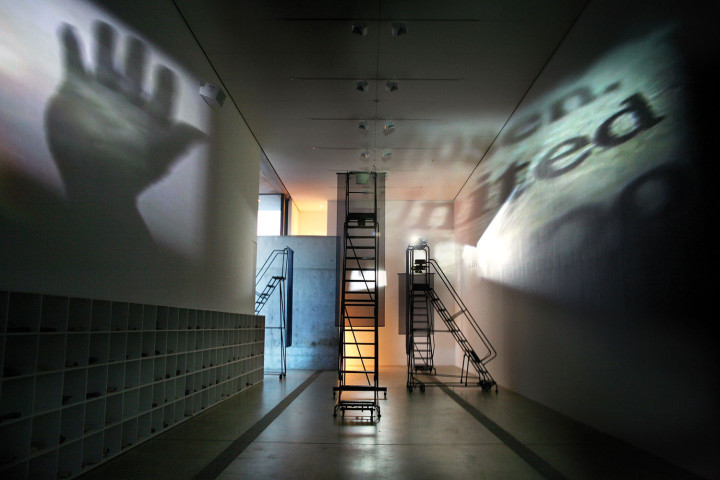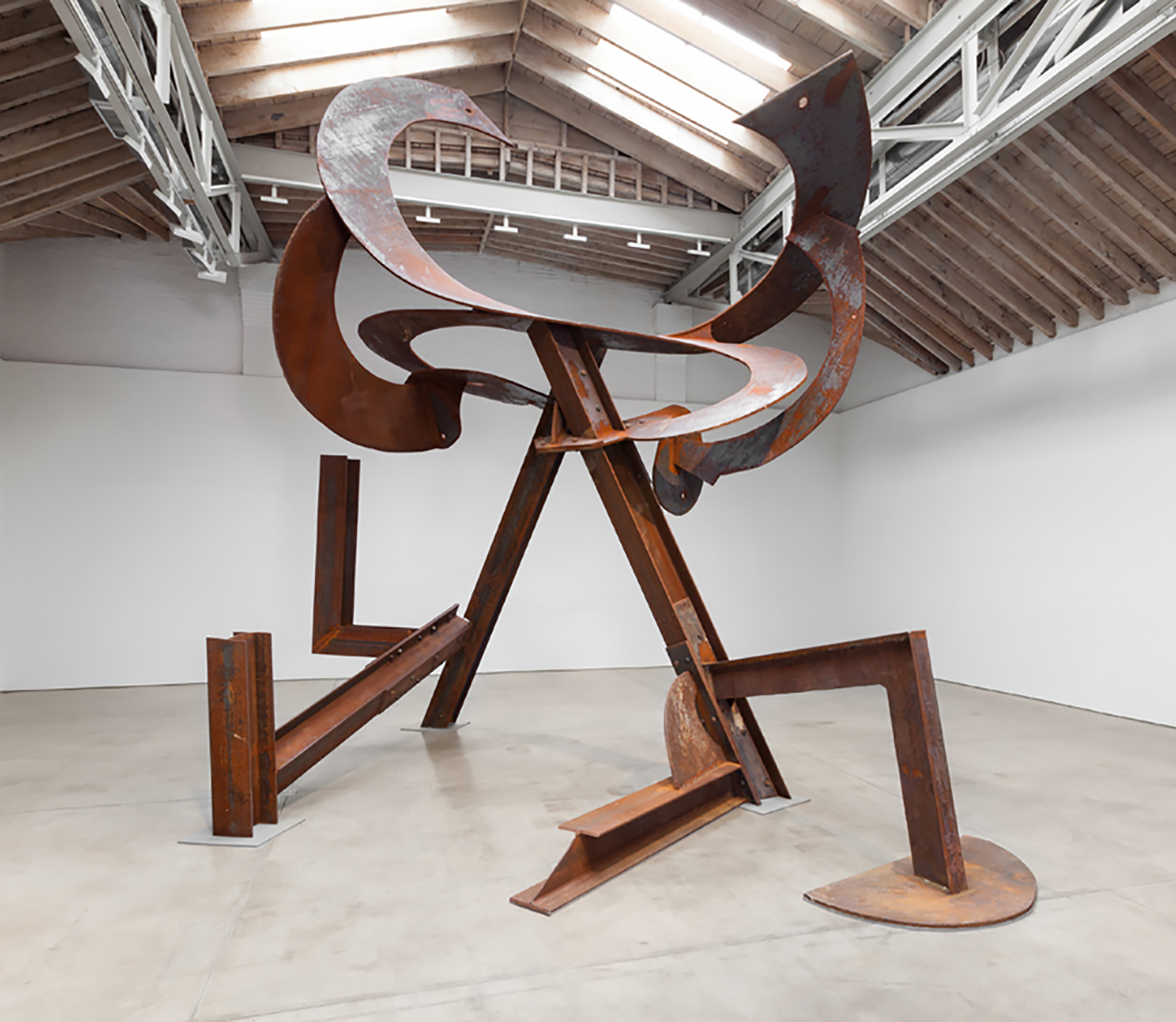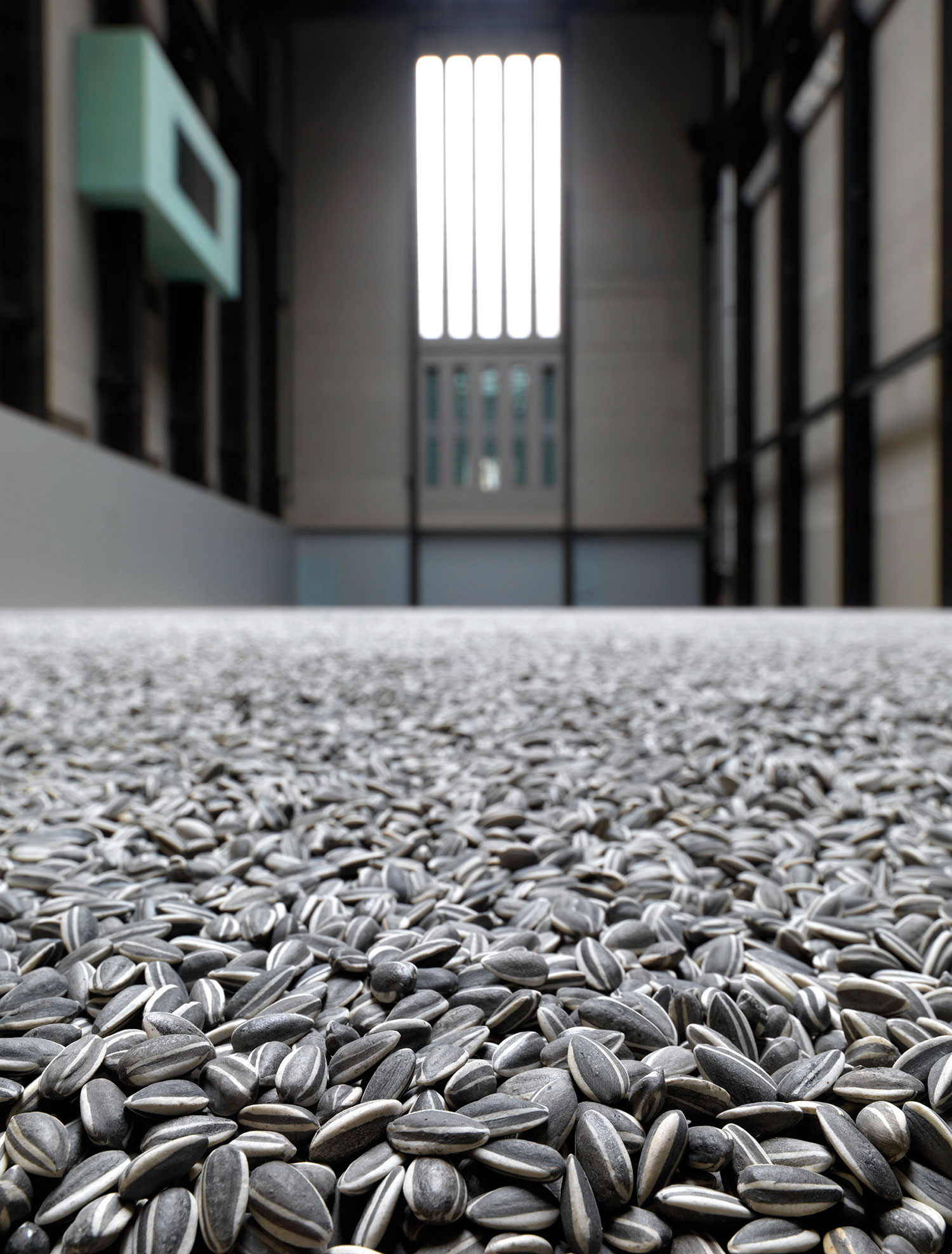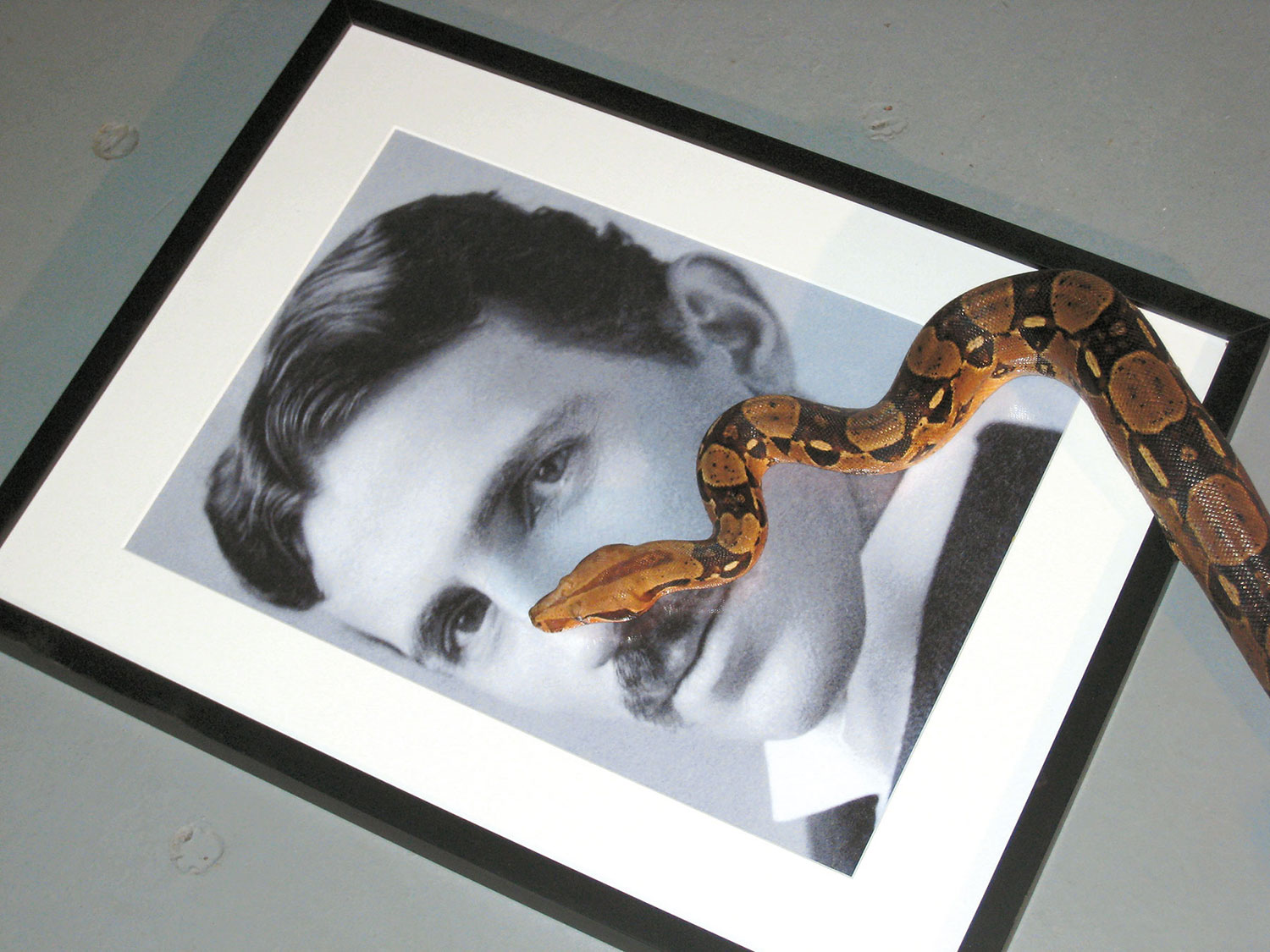
Ann Hamilton’s installations have often directly engaged their architectural surroundings; her most recent and “quietly” stunning project Stylus, a large-scale, multi-media project, is the first commissioned installation at the Pulitzer Foundation for the Arts, where Tadao Ando’s inspiring building is both a focused setting and essential aspect of the work.
The underlying conceit in this open-ended experience revolves around the connection of voice and hand, communicator and receptor. The term stylus can be defined multiply, most typically as a tool for writing, or the playback device for vinyl recordings. Perhaps few other metaphors combining sound and hand are as apt as the piano, which figures here as prominent object of viewer interaction and computer-generated reaction. As one enters the exhibition, the viewer/participant signs in on a tablet with sensors that activate an algorithm controlling a Disklavier in a distant gallery, resulting in the playing of unexpected scales and series of notes. The sound designer Shahrokh Yadegari has developed interactive aural moments throughout the exhibition that engender both an anticipatory and reflective mode of listening. A wall running throughout the main gallery is comprised of stacked cubbies filled with hundreds of paper hands that participants may handle and even try on, and whose numerous sizes and muted colors create an awareness of connectedness more than differentiation. The cubbies begin in the light of the main gallery and run along the wall in front of the signature reflecting pool, culminating in the darkness of the small-cubed gallery at the back of the museum. The Ando building is initially meditative; with Hamilton’s video images moving along the upper walls and a sound track that is sometimes melancholic and at other times dense with the jarring ring of tolling bells, the experience can be deeply unsettling.
I’m reminded of the musical fantasy film The 5000 Fingers of Dr. T. (1953), the only live-action movie project completed by Dr. Seuss. The most memorable scene involves the character of tyrannical piano teacher Dr. Terwilliker attempting to force 500 boys to simultaneously and solemnly ‘practice’ on a giant piano. The score for the film included abundant usage of a theremin — that familiar electronic sci-fi sound is almost a harbinger for the high-tech acoustics of Stylus. At a steel desk/table positioned on the main staircase the visitor/participant speaks into a microphone that initiates a player piano response in the lower gallery; the resulting sounds seem to sometimes drone and occasionally musically reinterpret the spoken words. When a young woman spoke in the lilting tones of Viennese German, the modulated piano essentially halted and there was little differentiation in the sounds produced.
Outside, five bell speakers have been positioned on the roof, allowing sound to be emitted outdoors, with a track composed of bird sounds and various commentaries from local people who periodically can have their own messages broadcast into the city. The urban setting, therefore, is incorporated into the piece as the surrounding city environs become filled with sounds of nature such as the fleeting call of birds or the amplified repetitive call of the muezzin to Friday prayers, a vocal message projected out to the community.





